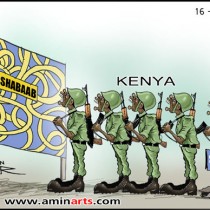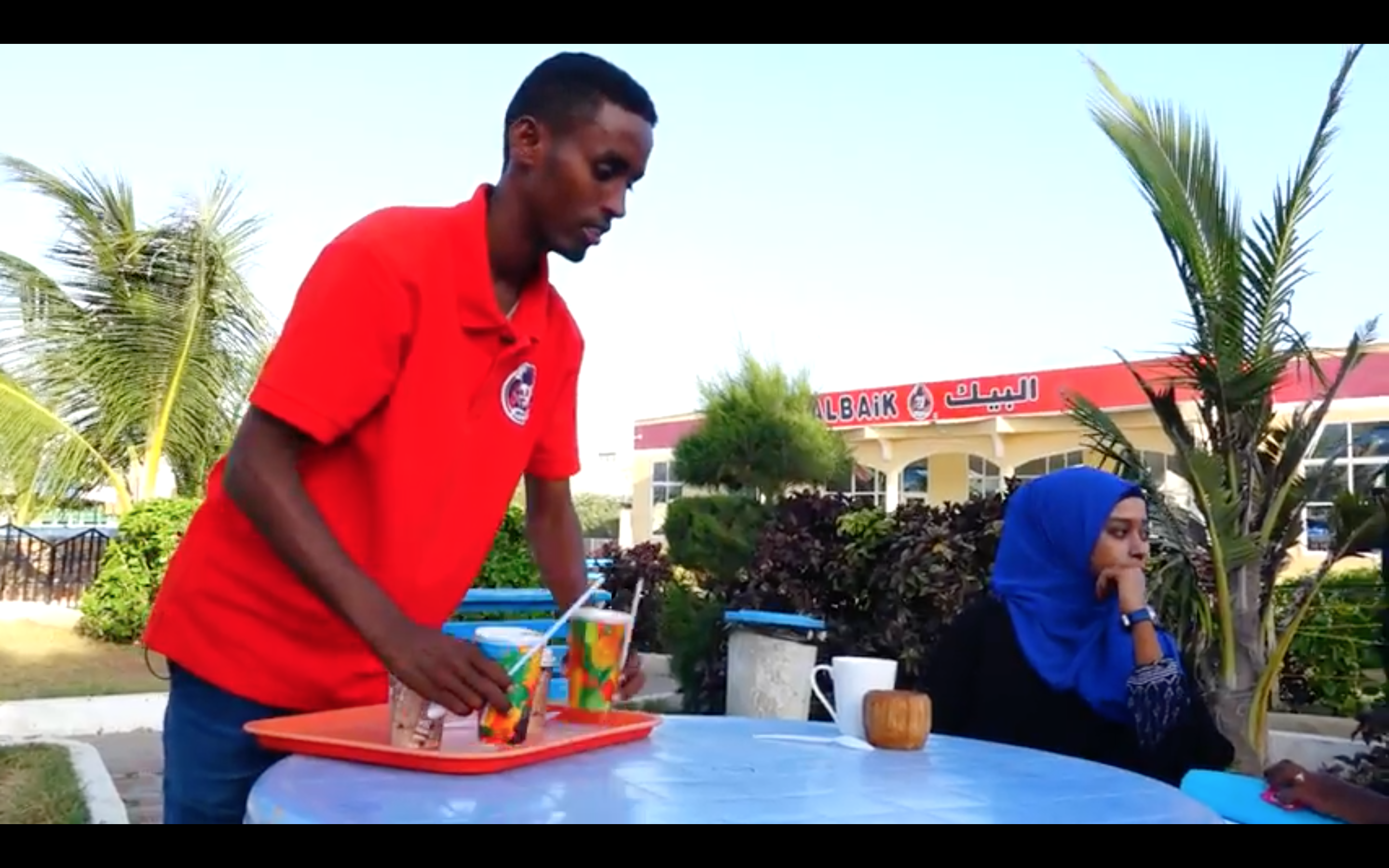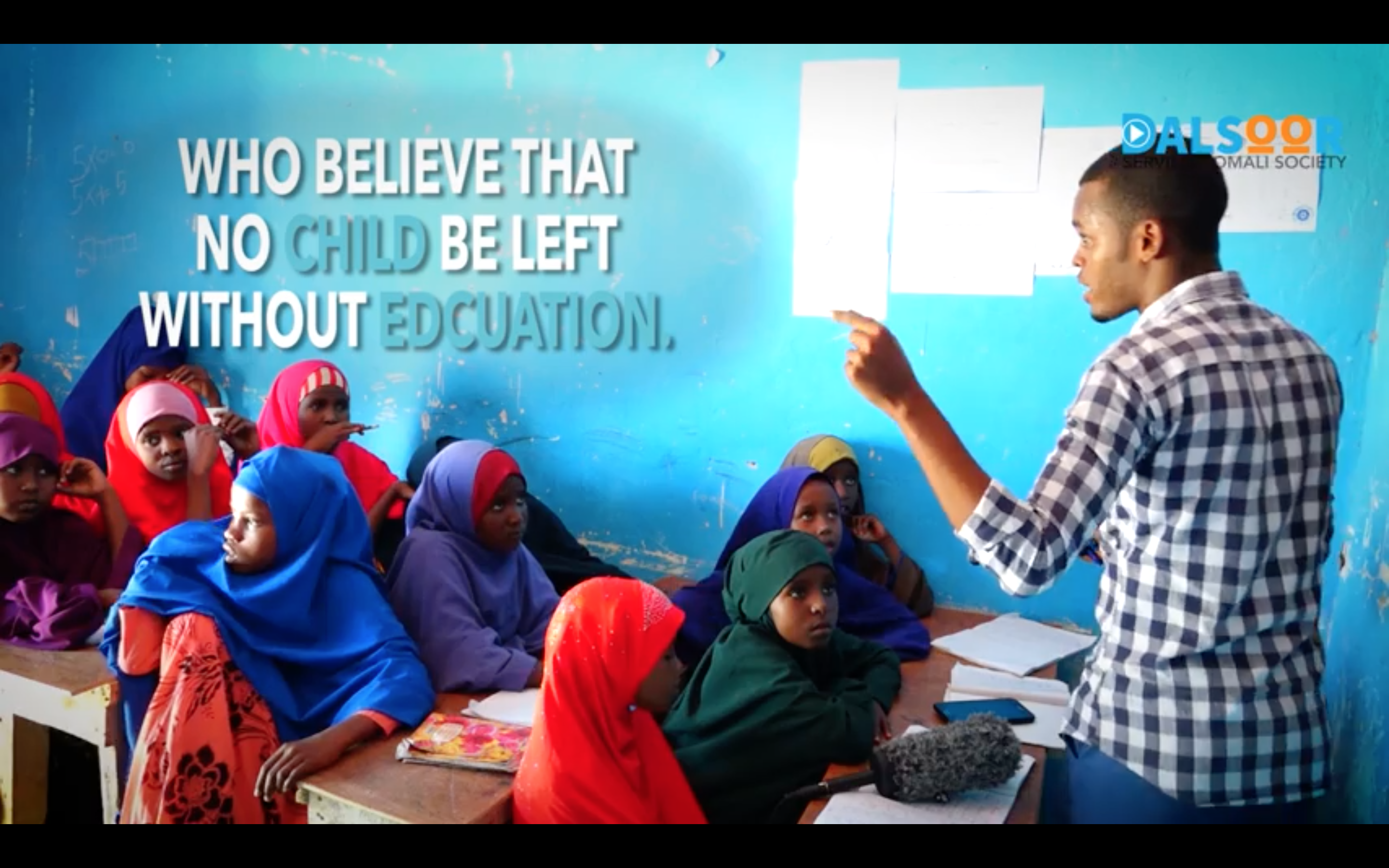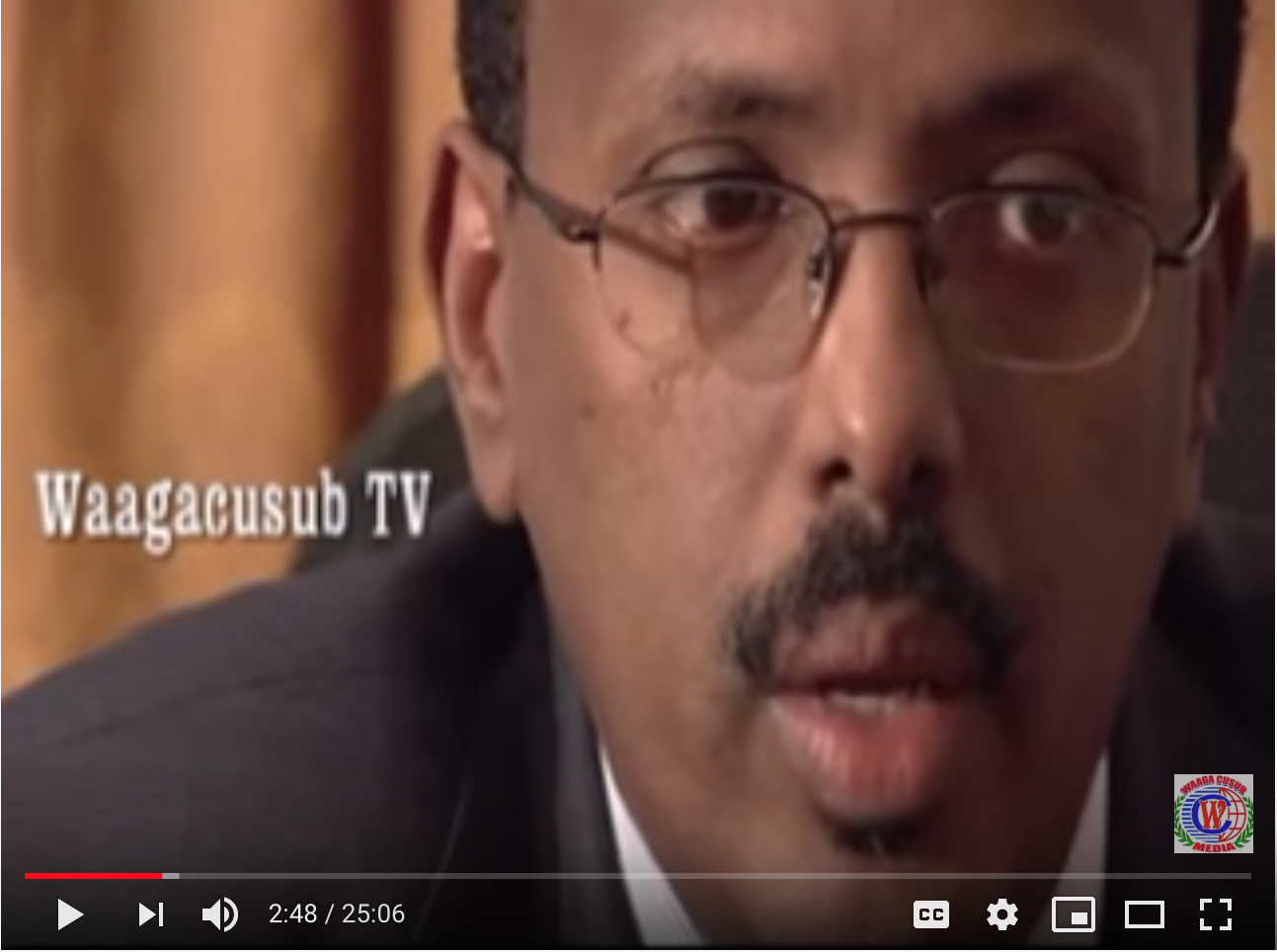
The illegal Kenyan invasion of Somalia crystallizes IGAD
Mogadishu (Sunatimes) The
ongoing illegal Kenyan military invasion of Somalia, which has left experts on
East Africa region with many questions about motive, timing and objectives,
crystallizes the Regional Political Initiative (RPI) of the Inter-Governmental
Authority on Development and East African Community (IGAD/EAC) on Somalia.
Important members of IGAD/EAC are Ethiopia, Kenya, Uganda, Tanzania, Burundi,
and Rwanda.
In the past, the UN
Security Council has turned down several times the request for no fly zone and
naval blockade on South Central area controlled by the militant Al Shabab. It
has also resisted the approval of an additional 11,000 AMISOM forces. The
Kenyan action contravenes the UN and African Union Charters and infringes the
sovereignty of Somalia. It definitely undercuts the case for no fly zone and
naval blockade.
The Kampala Accord (KA)
and the Communiqué of the meeting of the International Contact Group held in
Denmark on September 29, 2011, both have made reference to a Regional Political
Initiative (RPI). Details of the RPI are scant. The only plausible goal of the
RPI could be to keep Somalia’s political dispensation under the control of
IGAD/EAC and to force the international community to foot the bill.
Article 4 (n) of KA says:
The Heads of state of the region (IGAD and EAC) shall
constitute a political bureau with participation UN (UNPOS) and the AU similar
to Burundi Regional Peace Initiative. The Bureau shall oversee and monitor
compliance of the TFIs with agreed benchmarks and the timelines to implement
the transitional tasks and to advance the Somali peace.
Article 3 of the KA say:
All Parties [President and Speaker]
……..Cognisant of the concerns of the troop contributing countries not to
squander significant military progress and the readiness by the Regional Heads
of States (IGAD and EAC with the participation of United Nations (UNPOS) and
the African Union) to oversee and monitor and guide any agreement by the
Transitional Federal Institutions on bringing to an end the phase on 20 August,
2011 and thereafter bringing in a new dispensation.
Point 8 of the Communiqué
of the 18th Extra-ordinary session of the IGAD Assembly of Heads of
State and Government reads as follows:
[IGAD] Reiterates its earlier decision on the
centrality of the role of IGAD and reaffirms that the Somalia process must be
anchored in IGAD and calls on all actors working towards peace in Somalia to do
so in consultation and concurrence with IGAD.
Somalia, a failed state
listed as a front of Islamic threat, serves the leaders of IGAD/EAC as an
insurance coverage for their political abuses and corruption in their own
countries and as a cash caw to receive special privileges and massive
financial, military, and diplomatic assistance from the US Administration and
European countries. President Sheikh Sharif, Speaker Sharif Hassan and Prime
Minister Prof. Abdiweli M. Ali of K-TFG have failed to explain to the Somali
public and parliament the story behind the RPI.
The clashes between
Somali factions along the Somali Kenyan border and the recent spate of
kidnapping of foreign citizens from inside Kenya have disturbed the security
and economic situation of Kenya but they were not sufficient to justify a
military invasion of Somalia. The old rivalry and mistrust between Somalia and
Kenya, the catastrophic famine and drought ravaging Somalia, the Kenyan
campaign to change the existing maritime border, the decline of Al Shabab
power, the beginning of the rainy season and the incalculable human and
economic costs as well as the political and legal problems associated with
military operation against a neighbor country were factors necessary to be
considered against the Kenyan invasion of Somalia.
The Kenyan government
changed several times the justification and explanation of the legality and its
intended aims for sending its military inside Somalia. First, Kenya invocated article
51 of the UN Charter as self defense from foreign armed attacks. Then, it
argued that it invaded Somalia on the invitation of the K-TFG. Finally, it
claimed the blessing and support of IGAD/EAC and African Union. The
declared aim of the Kenyan Government is to capture Kismaio and stay in Somalia
until there were no Islamic insurgents left.
On October 18, a Kenyan
delegation composed of the Ministers of Foreign Affairs and Defense travelled
to Mogadishu to issue with K-TFG a lopsided joint communiqué that supported the
Kenyan invasion under the excuse of ‘common enemy.’ Apart from the communiqué, K-TFG leaders
remained in denial, silent or vague about the Kenyan invasion. The K-TFG
President and the Minister of defense left the country for a private visit to
Turkey in the face of the international political flare up on the Kenyan
invasion of Somalia. The Transitional Federal Parliament (TFP) avoided to
debate on the joint communiqué and its consequences because for the livelihood
of the parliamentarians Nairobi and Kenya are more important than Mogadishu and
Somalia.
Back from the Mogadishu
trip with the joint communiqué in hand, the Kenyan Foreign Minister Moses
Wetengula headed to Addis Ababa for consultation on the next move. Kenya and
Ethiopia agreed to hold an extra ordinary meeting of IGAD Council of Ministers
on October 21, 2011. Before IGAD’s meeting, President Muwai Kibaki held Cabinet
meeting on the issue and later briefed the media and Parliament on the ongoing
military operation against Somalia. Kenyan opposition parties expressed their
strong objection to the Kenyan military adventure dubbed “Operation Protect
Nation” and decried it as illegal and imprudent.
Since 2009, Kenya pursued
aggressive intervention policy towards Somalia. For the preparation of military
action, Kenya received helicopter gunships from USA and large infantry
equipments from China. The former Minister of defense of D-TFG Prof Mohamed
Gandi reached a personal understanding with Kenyan officials for the
recruiting, training and arming of 2,000 forces selected from specific clans of
Jubba regions (Lower Jubba, Middle Jubba and Gedo) for the establishment of
Jubbaland State later renamed Azania State. Donors covered the costs of those
forces. President Sheikh Sharif, former Prime Ministers Omar Abdirashid and
Mohamed Abdullahi Formajo opposed the deployment of those forces in Jubba
regions and asked their relocation in Mogadishu, a request summarily and
angrily rebuffed by the leaders of Azania State.
Besides, two other events may have changed the
political calculation of IGAD/EAC and precipitated the Kenyan invasion of
Somalia. First, the high profile visit of Prime Minister of Turkey Recep Tayyib
Erdogan to Mogadishu with more than 300 million dollars of aid and the large
pledge of 500 million dollars made in Istanbul by the Organization of the
Islamic Conference (OIC) have revived the historical alliance between Turkish
and Somalis. The second event is a process of reconciliation among Somali
Islamists secretly initiated by the government of Qatar. The Foreign Ministry
of Ethiopia reported that the suicide attack of Al Shabab in Mogadishu on
October 4 has faltered the Qatar’s efforts.
A glance at the joint
communiqué that was concluded with K-TFG President but signed by the Minister
of defense, one discovers the degree it degrades K-TFG and its leaders. Point
six of the communiqué says, “The President is committed to the implementation
of KA.” Since KA brings K-TFG under the RPI, point six preempts the President’s
deviation from the will of Kenya. The communiqué permits the Kenyan forces to
operate indefinitely into Somali territory without accountability. After
ousting Al Shabab from Kismaio, Kenya will control the political process of
Jubba and Gedo regions and will make the proposal on the partition of Somalia a
fait accompli.
Four Somali forces or
Militias are fighting on the side of Kenya. They are Raskambooni militia,
Azania militia, Ahlu Sunna Wal Jama militia, and forces under K-TFG flag. One
can expect that the Kenyan invasion of Somalia will create new conditions and
pretenses on the ground. Nationalists, clan and Islamist forces will emerge in
the regional theatre.
Somalia will not overcome
the current fragmentation and anarchy under the Regional Political Initiative
of IGAD/EAC. Somali Citizens should
resist foreign designs. They should claim the ownership of their country and
build their common future based on their culture and aspirations.
By Mohamud M. Uluso
Leave a comment
| Copyright © 2009 - 2025 Sunatimes News Agency All Rights Reserved. |
| Home | About Us | Diinta | Reports | Latest News | Featured Items | Articles | Suna Radio | Suna TV | Contact Us |
 1
1 









The illegal Kenyan invasion of Somalia crystallizes IGAD
Editorial Mr MM Uluso-